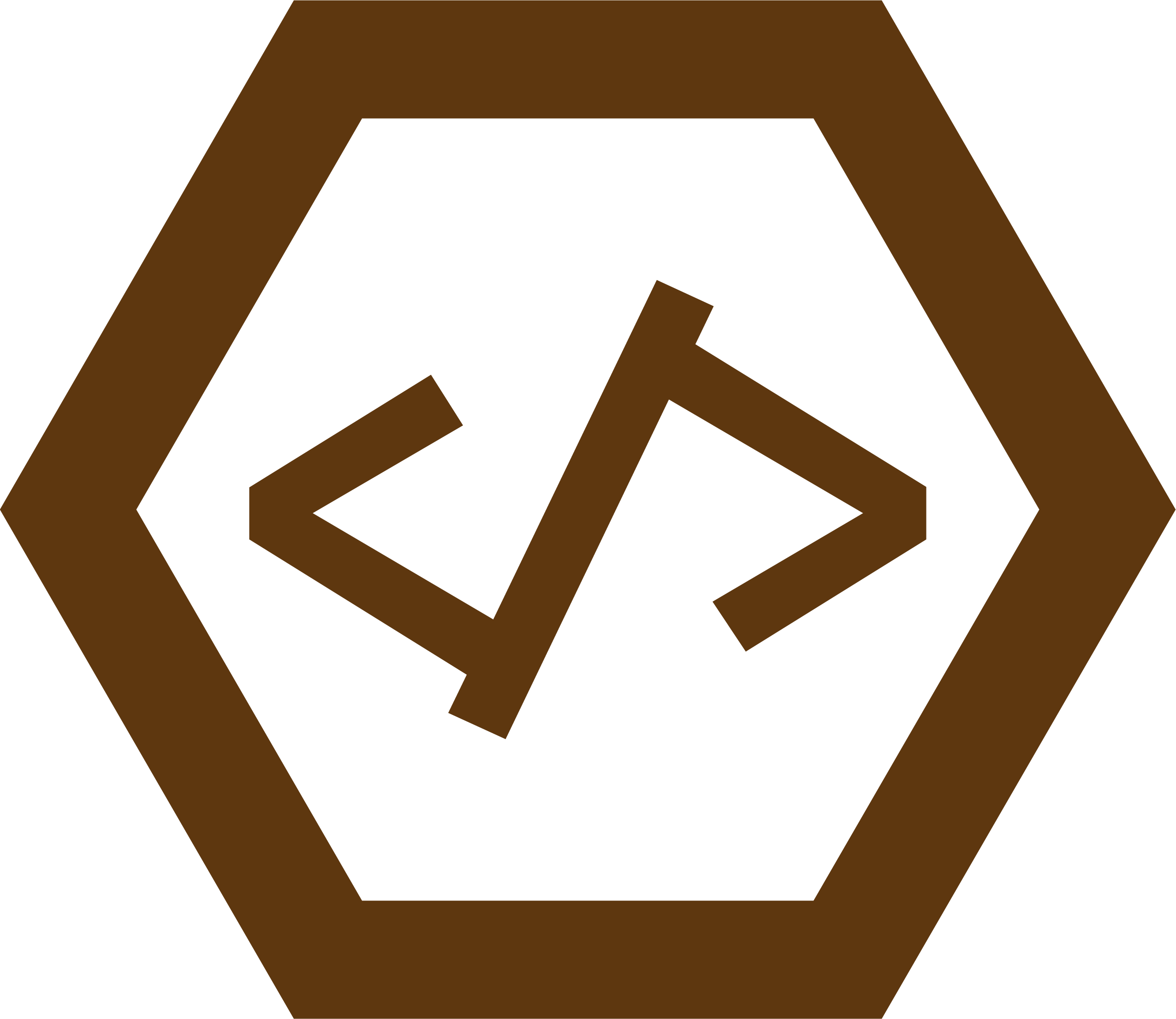
To solve the intersection problem, we will be using the popular Python library, NumPy. NumPy is a powerful library that provides support for working with large, multi-dimensional arrays and matrices, as well as a large collection of high-level mathematical functions to operate on these arrays.
Getting the Intersection of Two Masks
To start, we will need two masks, which are represented as arrays of the same shape and size, where each element corresponds to a pixel in the image. For simplicity, we will use binary masks with values 0 (black) and 1 (white). The intersection of the masks can be computed simply by performing element-wise multiplication of the masks.
Here’s a step-by-step breakdown of the code:
import numpy as np
def mask_intersection(mask1, mask2):
return mask1 * mask2
1. Import the NumPy library as np.
2. Define a function called `mask_intersection` that takes two masks as input.
3. Return the result of element-wise multiplication of the two input masks.
Now you can use this simple function to compute the intersection of two masks. For example:
mask1 = np.array([[1, 0, 1], [0, 1, 0], [1, 1, 0]]) mask2 = np.array([[1, 1, 1], [0, 1, 0], [1, 0, 0]]) intersection = mask_intersection(mask1, mask2) print(intersection)
This will output:
“`
[[1 0 1]
[0 1 0]
[1 0 0]]
“`
The Role of NumPy in Image Processing
NumPy plays a significant role in image processing and computer vision tasks. Its efficient and optimized matrix and array operations enable developers to perform complex calculations and manipulations on images with ease. For instance, mask processing, image filtering, Fourier transformation, and element-wise operations are just a few examples of what can be accomplished with the help of NumPy.
In addition to NumPy, there are other libraries that aid in image processing tasks like OpenCV, scikit-image, and PIL (Python Imaging Library). These libraries provide various functions to load, modify, and save images in different formats.
Additional Mask Operations
Besides intersection, there are several other mask operations often performed in image processing and computer vision tasks. Some of them are:
- Union: Combines two masks by performing an element-wise OR operation.
- Difference: Subtracts one mask from another on an element-wise basis.
- Complement: Inverts a mask by changing 1s to 0s and vice versa.
These mask operations can be easily implemented using NumPy functions and Python techniques, similarly to how we obtained the intersection of two masks.
